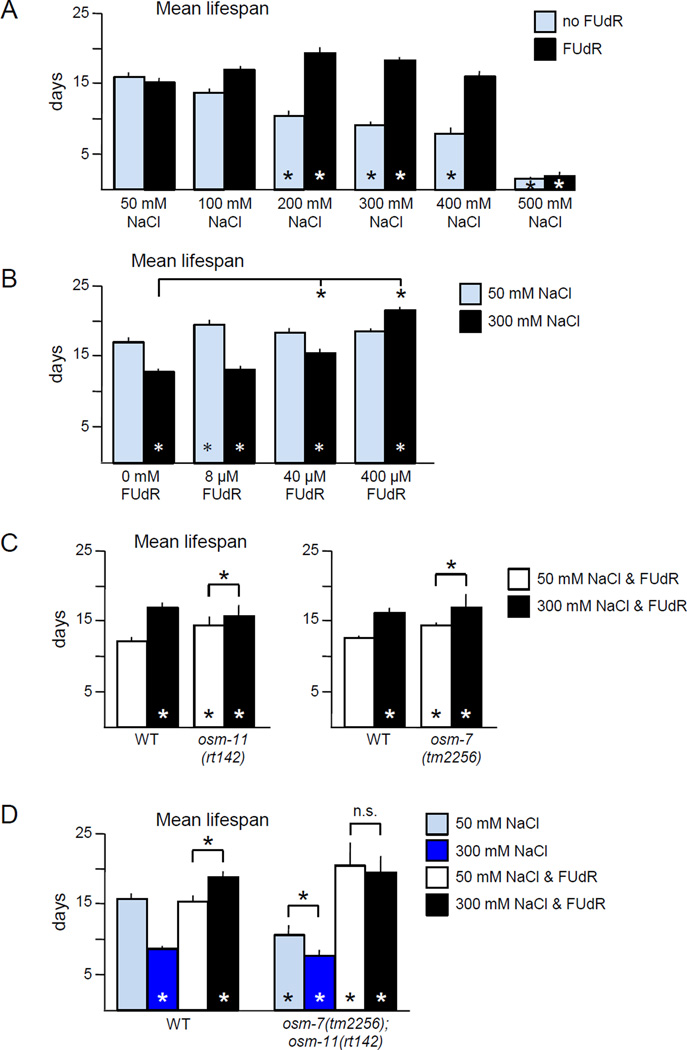Figure 2. Hypertonic stress lifespan extension is dependent on the concentration of FUdR.
A. Increasing hypertonicity decreased lifespan, but the addition of FUdR in combination with moderate hypertonic stress increased lifespan. Pooled analysis of two independent replicates at 20° C with 0 or 400 µM FUdR, for a total of n ≥ 178 animals per condition.
B. Lifespan extension is dependent on FUdR concentration. Little impact of FUdR was observed at 50 mM NaCl. Under moderate hypertonic stress, lifespan was increased by 40 µM or 400 µM FUdR. Pooled analysis of three independent replicates at 20° C, for a total of n ≥ 226 animals per condition.
C. Loss of Notch co-ligands OSM-7 or OSM-11 increased lifespan on 50 mM NaCl. Three independent replicate experiments were pooled for analysis, for a total of n ≥ 273 animals per condition. Experiments were performed at 25°C with 400 µM FUdR.
D. Lifespan extension due to hypertonic stress or loss of Notch co-ligands is dependent on the presence of FUdR. Hypertonic stress alone decreased wild type (WT) lifespan, while hypertonic stress combined with FUdR increased. Loss of Notch co-ligands OSM-7 and OSM-11 decreased lifespan in the absence of FUdR, but increased in the presence of FUdR, regardless of hypertonic stress. Pooled analysis of two independent replicates at 20° C with 0 or 400 µM FUdR, for a total of n ≥ 140 animals per condition.
Error bars indicate SEM, * indicates p<0.01 in log rank test vs. 50 mM NaCl control or between indicated columns, n.s. indicates p > 0.05.

